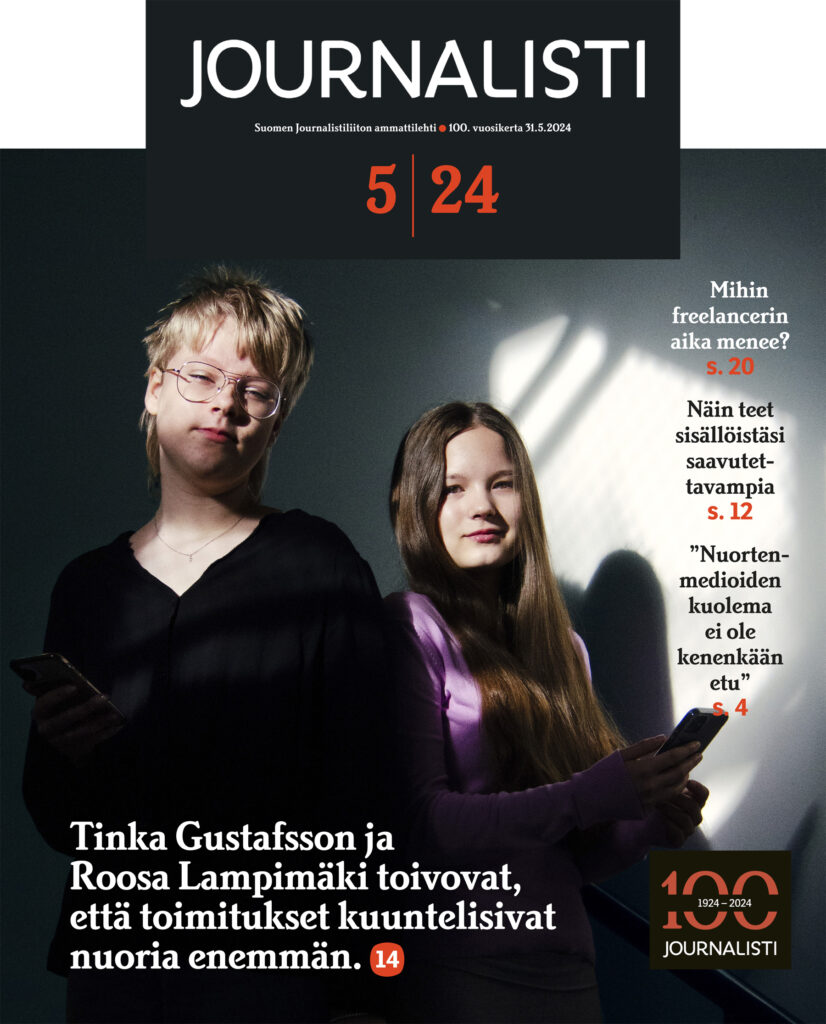In my country, Venezuela, it’s common to call strangers ”mi amor” (my love), ”mi cielo” (my sky) or “mi vida” (my life) as a part of daily life.
When I was seven years old, I was annoyed when my mother called a shop assistant ”mi amor”. I waited until we left the shop to ask her,
“Do you love that man?”
She looked at me, amused. Then she replied— “I neither know nor love that man; it’s just a way of speaking, not a sign of love for him”. It was a normal expression between a customer and the shop assistant. That day, I learned that in our culture, we use many terms of endearment.
This behavior might seem strange in countries where Spanish isn’t spoken, and it could be particularly surprising in Finland. After years of acculturating to Finnish norms, I chuckle when I think about the bus driver’s reaction if I were to say, ”Kiitos, kulta,” (Thank you, darling) as I got off at my stop.
In Finland, I’ve learned that expressing affection, even among family members and spouses, is less common. Terms of endearment and ”I love you” are often saved for special occasions.
In January 2024, Katri Kallionpää wrote an article in Finnish for Helsingin Sanomat “Rakas-sana tarkoitti aikoinaan jotain ihan muuta, ja ehkä siksi suomalaisten on vaikea tunnustaa rakkauttaan”.
“The word Love used to mean something different than what we understand today, that is why it’s hard for Finns to say, ‘I love you’.” She offered a linguistic explanation, pointing out cultural differences and referring to American movies as a comparison.
I agree. To have a better understanding of a society, look at what they consume as entertainment.
Before, public opinion was shaped by what we saw on broadcasts. Whether you were in Caracas or Helsinki, the main source of information was our televisions. We didn’t have as many alternatives to choose what to watch as we do nowadays.
In South America, we grew up watching telenovelas, also known as soap operas in English. The main storylines depicted the triumph of good over evil, the journey of rags to riches, and love so powerful it would conquer any obstacle. We saw romantic love as something inspiring. Our shows featured open displays of affection and the freedom to pursue one’s passion. While explicit sexual encounters were less likely to be shown, our media portrayed these behaviors as normal, so using affectionate words in everyday life seemed reasonable.
The influence of telenovelas extends beyond South America. Finland has its telenovela, Salatut Elämät, also known as “Salkkarit”, which debuted in 1999. However, it doesn’t have the same impact on Finnish society as telenovelas do in South America.
Even if its plot includes social issues and somewhat love-related topics, to my understanding not every couple remains together, and familial relationships do not portray parents using sweet words with their children. Salkkarit is one of a kind: it is still alive and evolving, so we do not know what it has in store for its future storylines, but I hope it will show us a warmer approach to human interactions.
In my opinion, there are many entertainment options available today. Instead of focusing solely on telenovelas, Finland should prioritize producing meaningful and engaging content. It needs to take seriously the material we produce for its entertainment.
Katri Kallionpää concludes her article by quoting linguist Janne Saarikivi, who suggests that the reluctance to use the word ”love” in Finnish culture reflects a general shyness in building relationships. As Finland aims for more diversity in its media, incorporating different perspectives can enrich Finnish journalism and foster important conversations about love and relationships.
Media reflects and shapes society. By promoting positive expressions of affection, media can strengthen familial bonds and improve relationships. As journalists, storytellers, and creators, we have the power to influence change and break down barriers to human connection.
There’s no one right way to portray love, but questioning why we love the way we do can lead to positive change and greater understanding among people. We have much to learn from each other, contributing to a richer tapestry of human connection.
Journalisti is publishing articles by international students from Haaga-Helia to mark the 100th anniversary of Journalisti.

Uusimmassa lehdessä
- Toimitukset kalastelevat nuoria lyhytvideoilla, mutta heidän elämänsä uhkaa jäädä varjoon journalismissa. Se on kohtalokasta lukutaidolle ja median tulevaisuudelle, sanoo tutkija.
- Inhimillisten kohtaamisten pitäisi olla toimituksen voimavara
- Tasa-arvovaltuutettu patistaa liittoja neuvottelemaan vanhempainvapaista
- Lokale reportern nominerades till Snöspaden – så reagerade Åland

